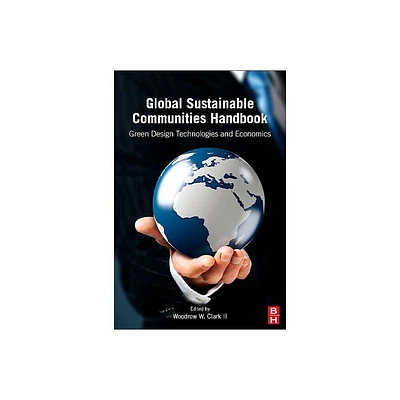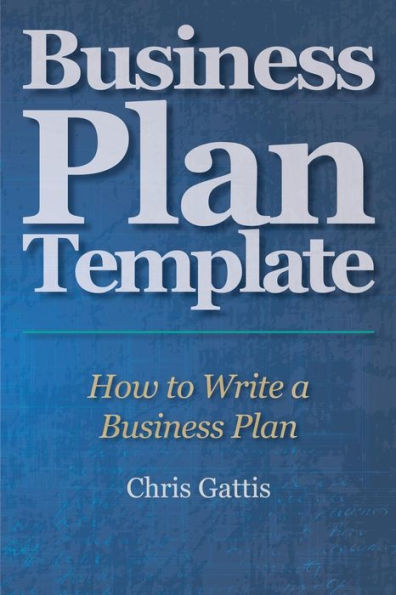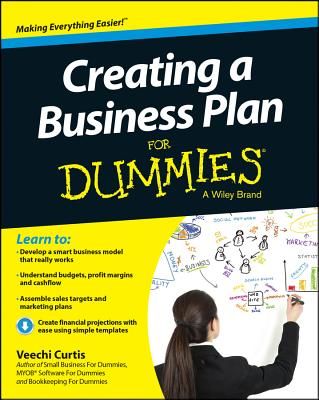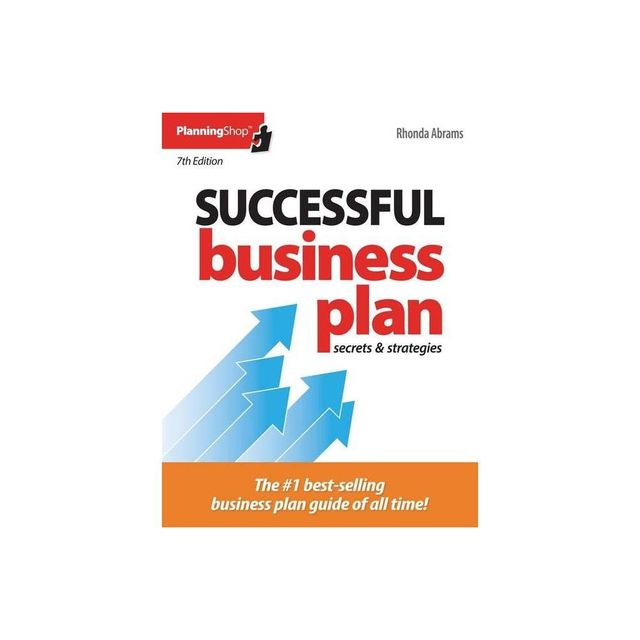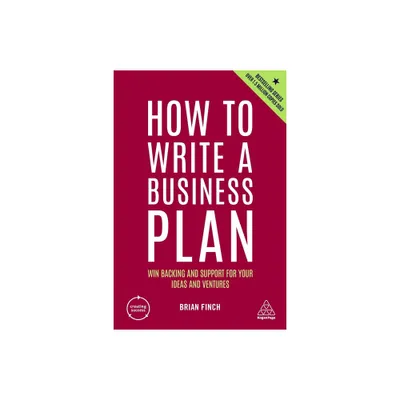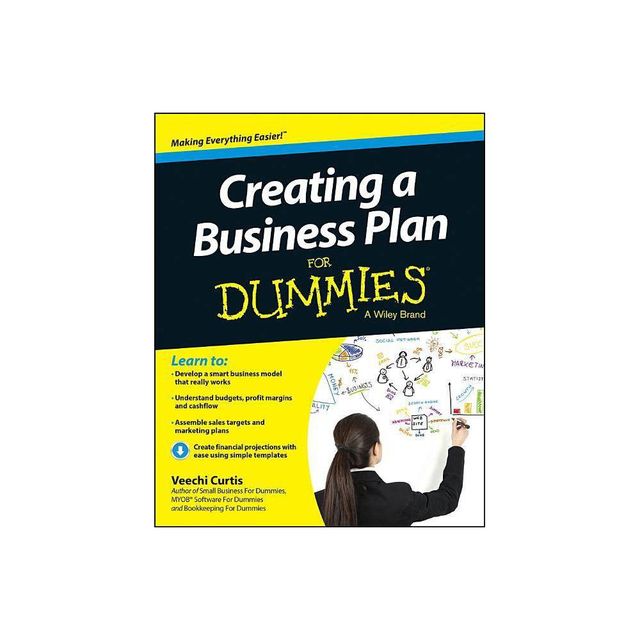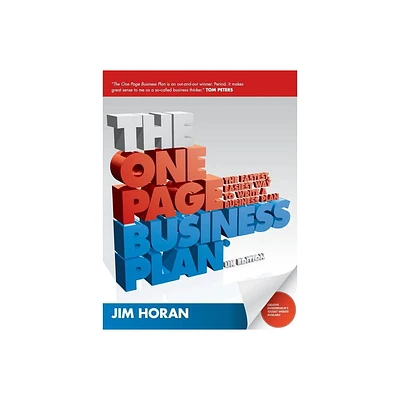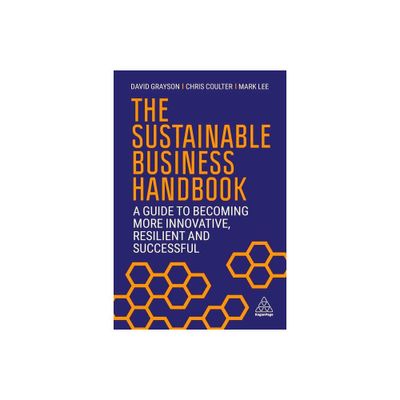Home
Partnership for Sustainable Communities: Urban Farm Business Plan Handbook
Loading Inventory...
Barnes and Noble
Partnership for Sustainable Communities: Urban Farm Business Plan Handbook
Current price: $12.95


Barnes and Noble
Partnership for Sustainable Communities: Urban Farm Business Plan Handbook
Current price: $12.95
Loading Inventory...
Size: OS
*Product Information may vary - to confirm product availability, pricing, and additional information please contact Barnes and Noble
As communities look for sustainable reuses for brownfield and other abandoned properties and opportunities to provide healthier food choices to the community, interest in establishing community gardens and other forms of farming has been growing in urban areas. Urban farms, however, present unique challenges that are different from conventional agricultural development. Developed land often has a history of uses that may have affected the quality of the soil (e.g., environmental contamination, building debris and other fill material unfit for plant growth) that may require substantial site preparation (e.g., environmental cleanup, demolition, or placement of topsoil) or special growing techniques (e.g., raised growing beds, vertical gardens). Urban farms typically need to address security issues for the crops, buildings and tools. In many cases, urban farm development and operating practices will have to account for the proximity of residential and/or commercial neighbors and the compatibility of the farm operations with these neighbors. In addition, the success of an urban farm may depend on a diversity of products as opposed to a single crop and volunteer labor to support the start-up and initial operations. As urban farming moves towards income-earning or food-producing activities, it is important to develop a plan for the start-up and operation of the business regardless of whether it is intended to be a for-profit business or a non-profit business. A business plan provides a road map that not only serves as an internal planning tool, but can be used to provide information to external stakeholders important to the successful start up and operation of the business such as investors and funding sources. It is used to map out the strategies for the start up and operation of a business and to track progress of that business against its goals. Through EPA's Office of Brownfields and Land Revitalization and the Partnership for Sustainable Communities, technical assistance was provided to support the development of a business plan for an urban farm in Toledo. The technical assistance was intended to support the Toledo Community Development Corporation (CDC) in achieving its vision to reuse a two-plus-acre former industrial site as an economically viable and accessible source of fresh locally grown fruits and vegetables, jobs and job training, and education on growing and preserving fresh produce and improved health through better diet for the community.
